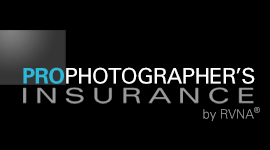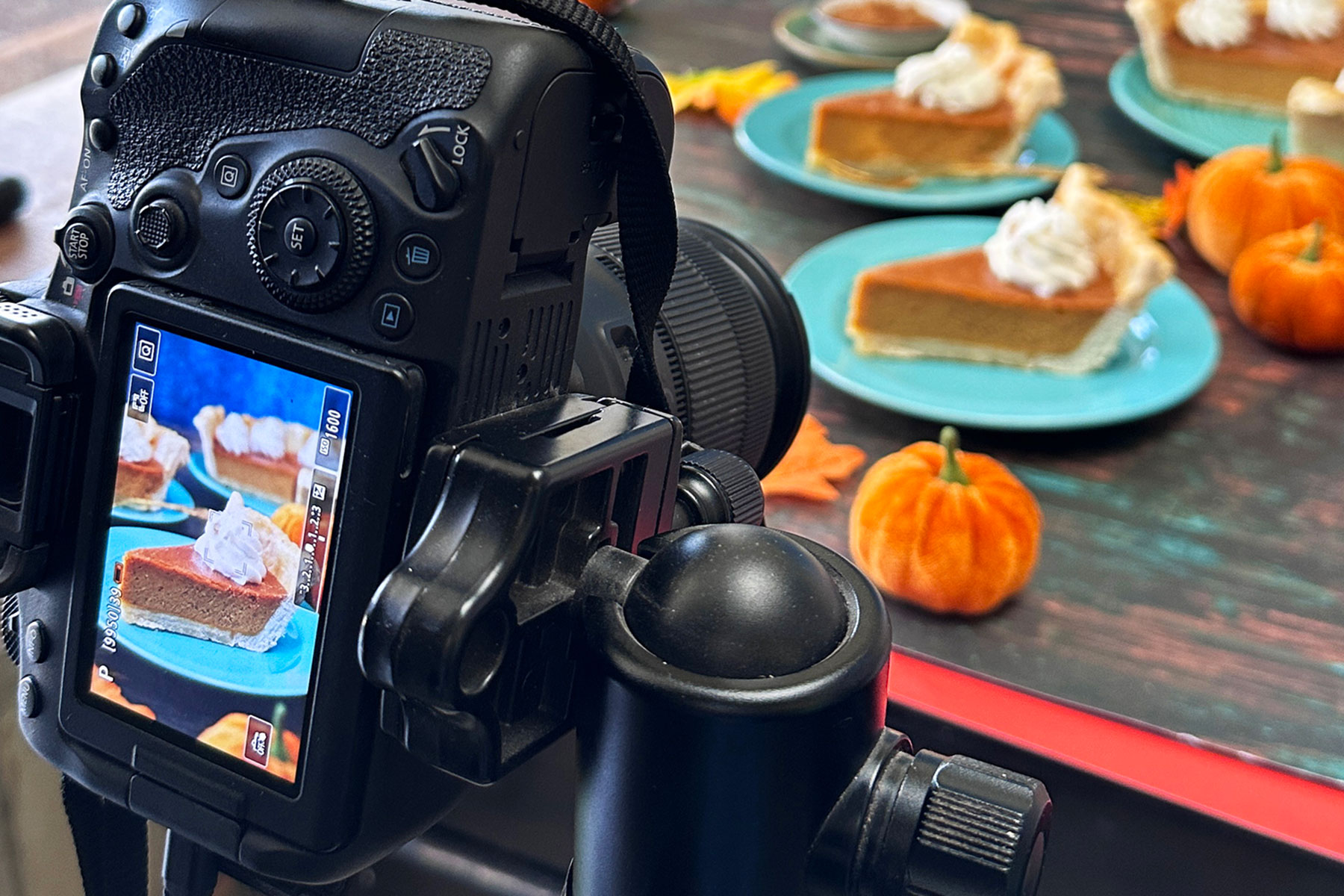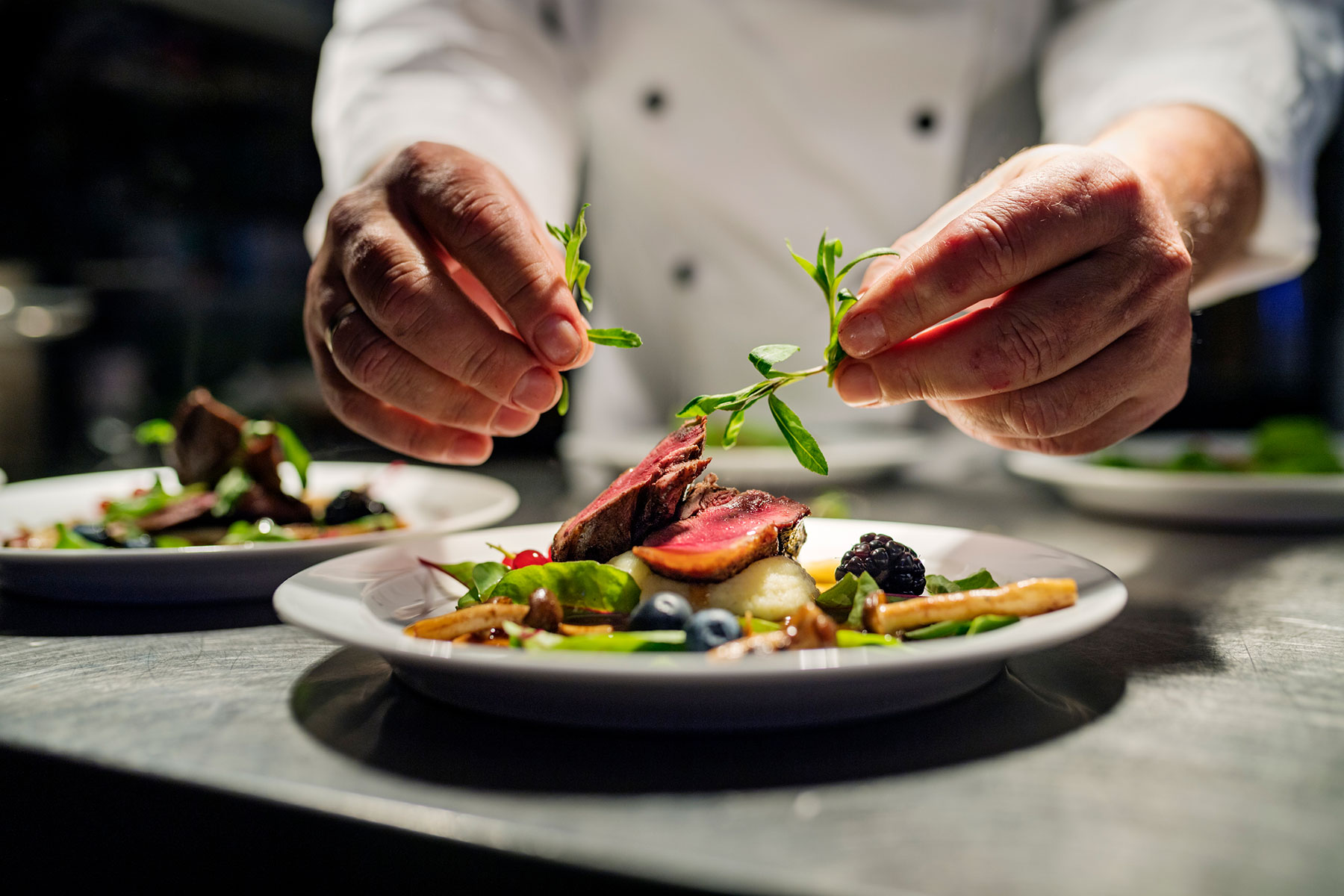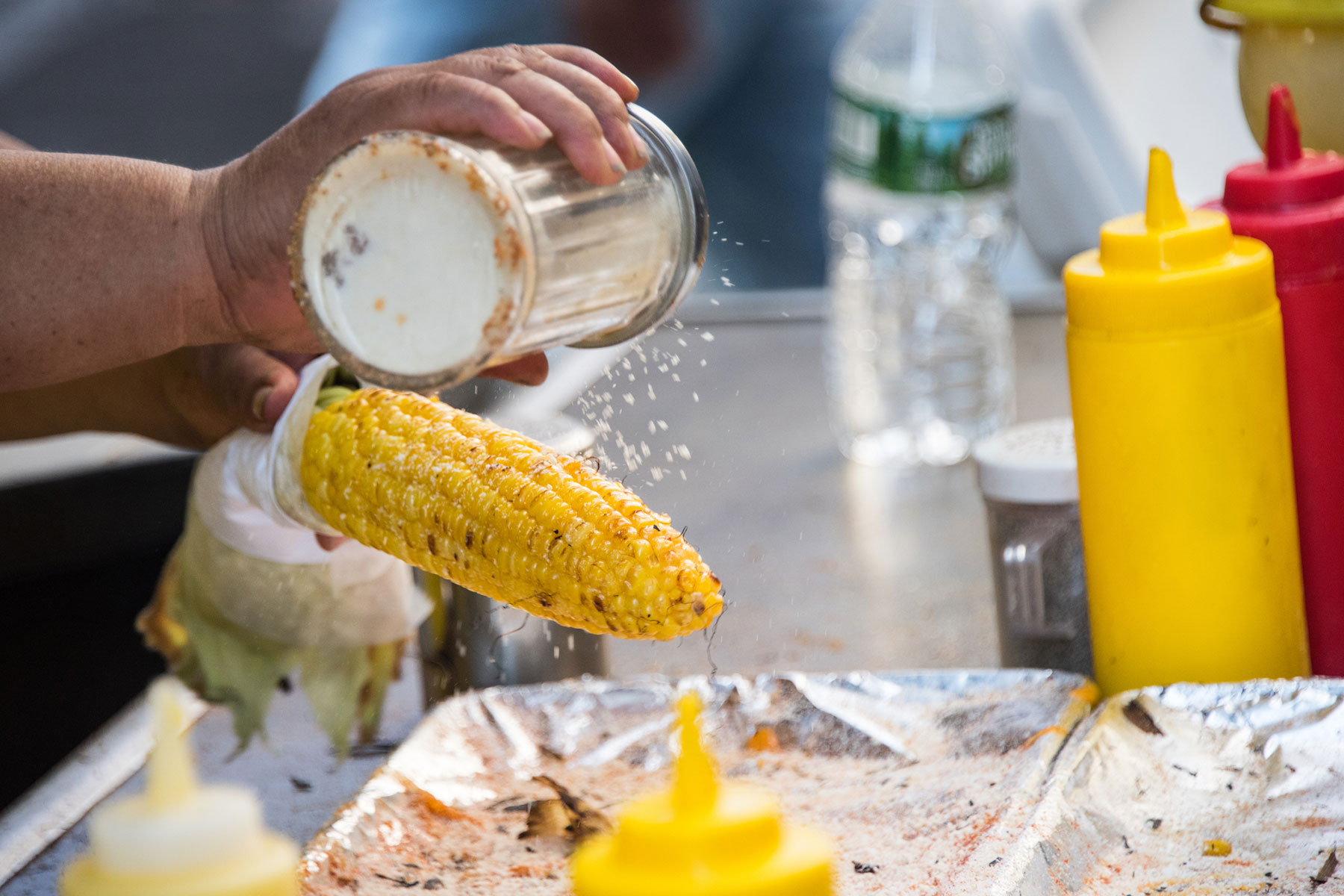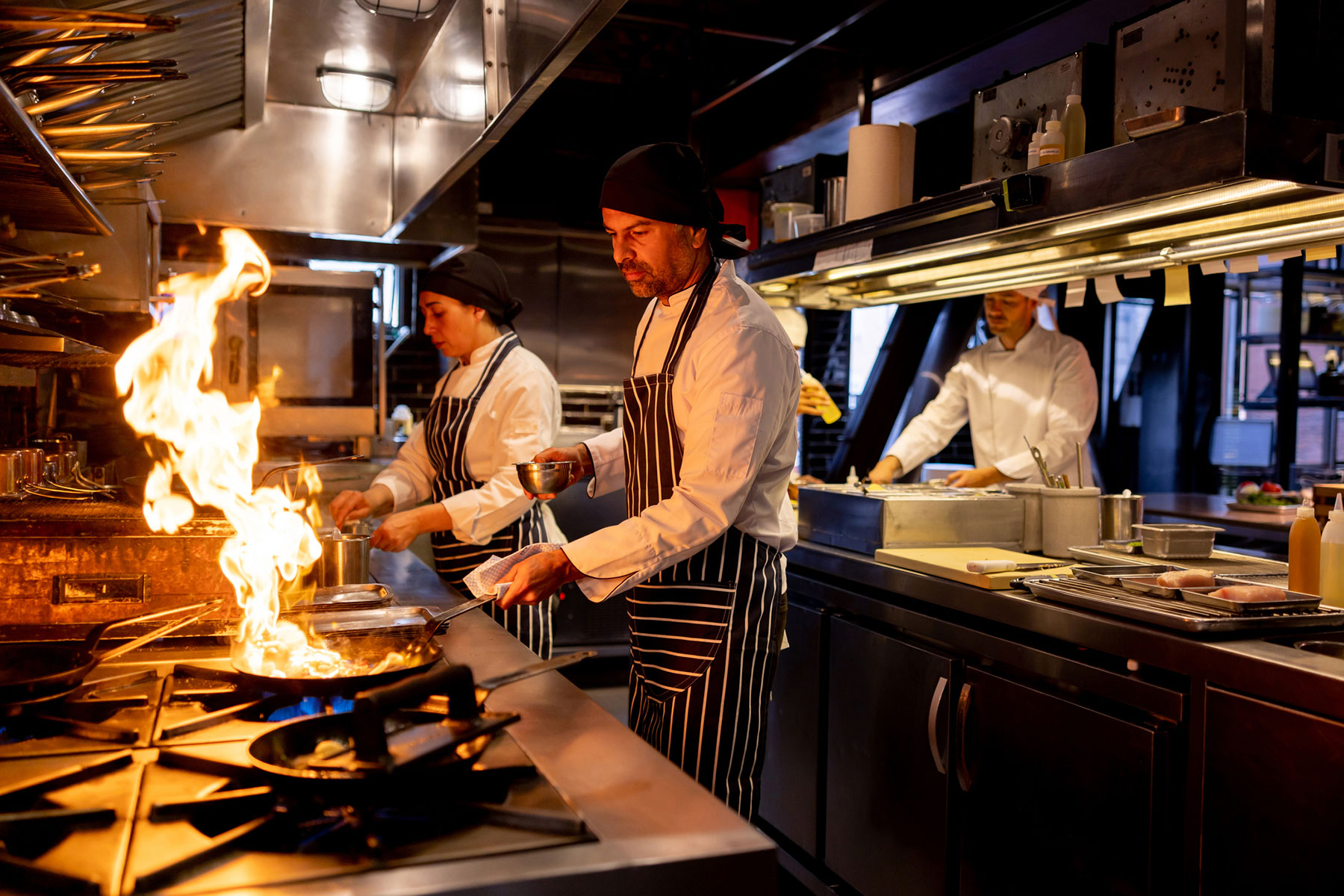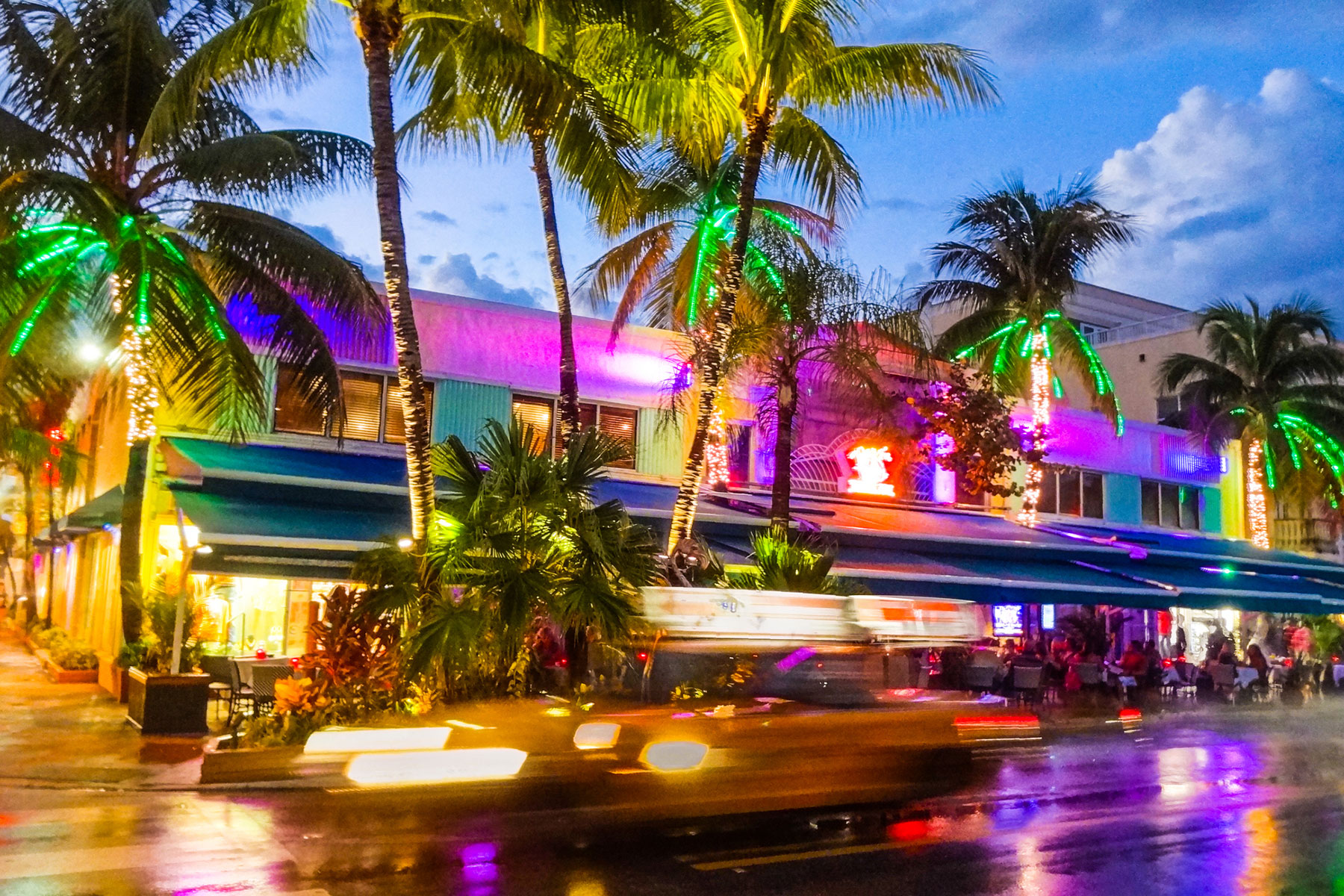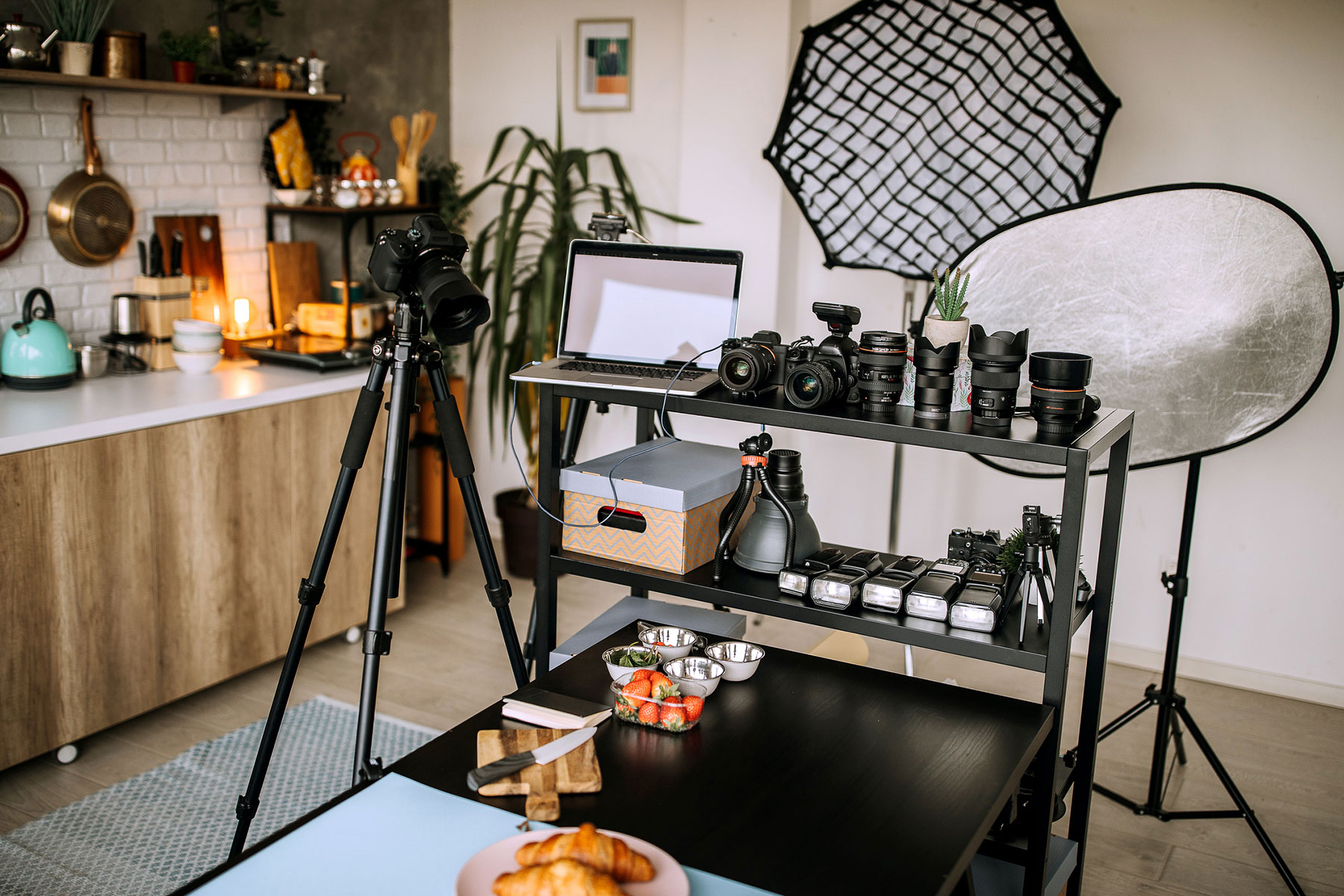Food photography looks glamorous: glossy magazine spreads, perfectly styled plates, and Instagram feeds that make even cold leftovers look delicious. But the reality of shooting in major US cities is far less polished.
Behind every appetizing photo is a photographer navigating crowded restaurants, unpredictable clients, and gear that’s one slip away from disaster. And when you add in city-specific risks like theft, permits, or weather, the stakes are even higher.
If you’re a food photographer working in an urban market, protecting your business is as important as capturing the shot. Here’s what you need to know in some of the biggest US cities, and what every pro should do, no matter where they work.
Disclaimer: This article is for general informational purposes only and is not legal advice. For specific questions about contracts or permits, please consult a qualified attorney.
